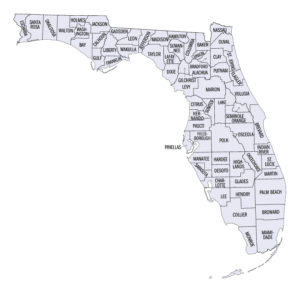Half Sized Blog Element (Single Author Style)
Half Sized Blog Element (Multi Author Style)
Lodging Facilities and Average Daily Rate
in Commercial Appraisal[types field=’full_body’][/types]
Office Property Appraisal and the Proper Valuation Techniques, Part 3
in Commercial Appraisal[types field=’full_body’][/types]



Lodging Facilities and Average Daily Rate
in Commercial Appraisal[types field=’full_body’][/types]
Office Property Appraisal and the Proper Valuation Techniques, Part 3
in Commercial Appraisal[types field=’full_body’][/types]